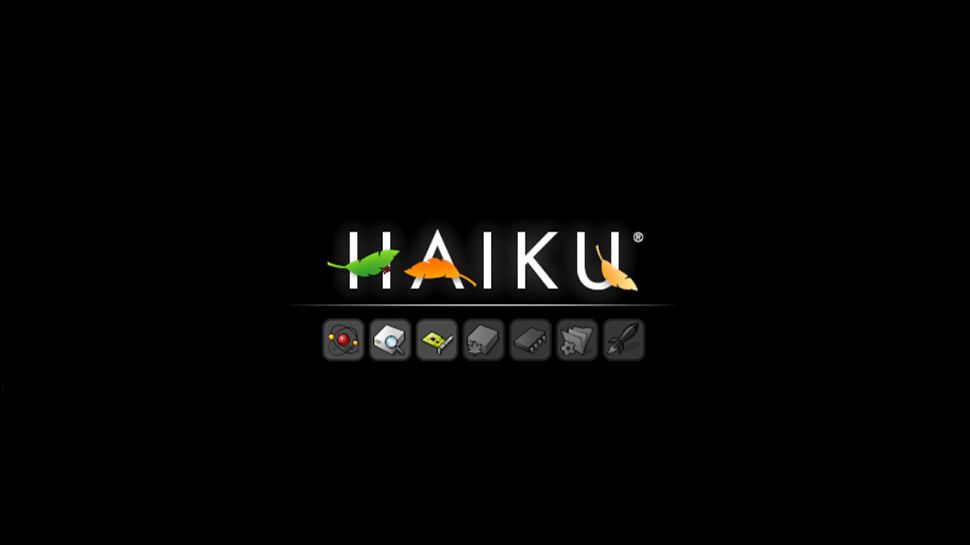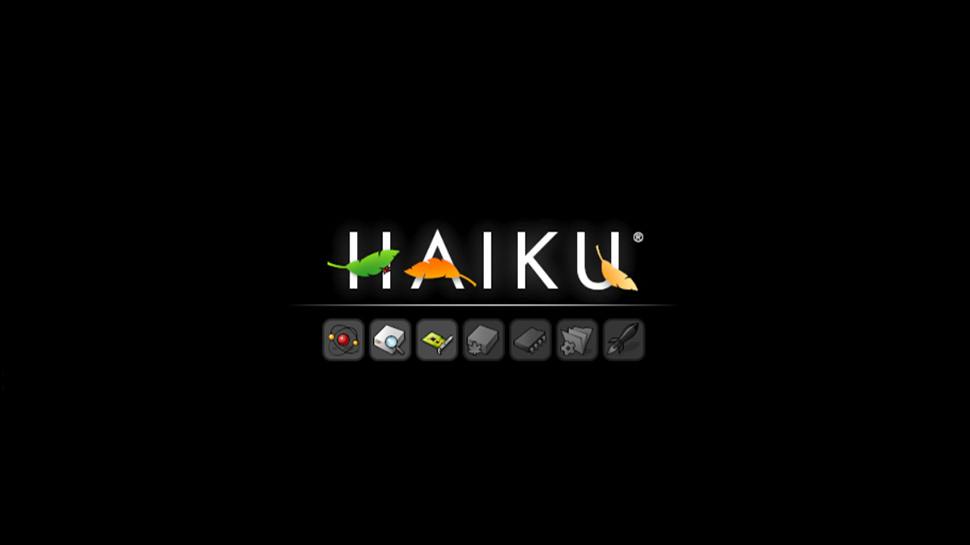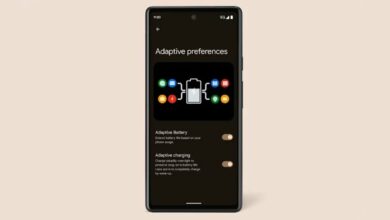Scion of obscure operating system that could have replaced Mac OS gets rare update, nearly 22 years after launch — Haiku continues minimalist philosophy of BeOS, pet project of one of Apple’s former executives


In the mid-1990s, former Apple executive Jean-Louis Gassée founded Be Inc., a company best known for its BeOS operating system.
Despite its technical strengths, including a responsive multitasking kernel, symmetric multiprocessing, and a 64-bit journaling file system called BFS, BeOS struggled to make a dent in a market dominated by Microsoft Windows. Apple briefly considered buying it, but ultimately decided the price was too high and instead acquired Steve Jobs’ NeXT, using its OPENSTEP OS as the basis for what would become Mac OS X. In 2001, Be Inc. was acquired by Palm, and BeOS quietly disappeared.
That should have been the end of the story, but soon after a community-driven project emerged called OpenBeOS, which aimed to keep the spirit of BeOS alive. In 2004, it was rebranded as Haiku, complete with a new logo to mark the fresh start. Since then, the Haiku project has continued to move forward, and Haiku R1 Beta 5 has just been released. Yes, it’s still in beta – even after nearly 22 years – but it’s getting ever closer to that elusive first stable release.
What’s new?
Haiku R1 Beta 5 is a follow-up to R1 Beta 4, which came out over a year and a half ago. In that time, the developers have fixed nearly 350 bugs and improvement tickets, but it’s still not without its issues. As the team warns, “Please note that Haiku is beta-quality software, meaning it contains feature completion but still contains known and unknown bugs. While we are increasingly confident in its stability, we cannot guarantee against data loss.”
You can download the latest release for both x86 32-bit and 64-bit platforms from the project’s website (BeOS R5 compatibility is only available on the 32-bit version). The minimum system requirements for the 32-bit edition are quite modest: an Intel Pentium II or AMD Athlon processor, 384 MB of memory, an 800×600 monitor, and 3 GB of storage. Looking at the 64-bit version, the recommended specs go up to an Intel Core i3 or AMD Phenom II processor, 2 GB of memory, a 1366×768 monitor, and 16 GB of storage.
So what’s new in Haiku R1 Beta 5? The standout addition is the simplified color selection in the Appearance preferences. Instead of wading through 30 different color options, you now only need to adjust three core colors and the system will calculate the rest. This is particularly useful for dark mode enthusiasts, as it will dynamically adjust text and background colors for optimal readability. Power users can still manually adjust the entire set of colors if they wish, but the new system makes customization much more accessible.
The native icon editor, Icon-O-Matic, has also received a significant upgrade, including the addition of “reference images”, which allow you to import bitmap images and trace vector paths over them. Along with perspective transformations and improved copy-paste functionality, creating and editing icons has become more intuitive. Other notable updates include improvements to PowerStatus, which now automatically detects batteries on first boot and provides more accurate notifications, and improvements to Tracker, the file manager, which now better handles read-only volumes with clearer visual cues. Haiku now supports basic input and output for USB audio devices, and has made strides in TCP performance and network stack optimizations.




